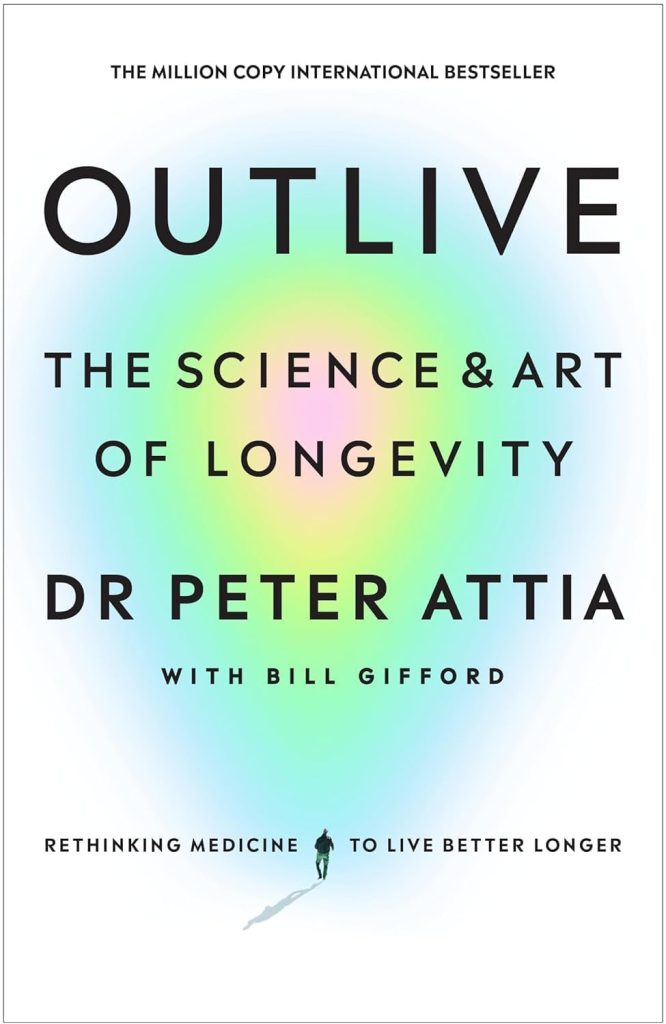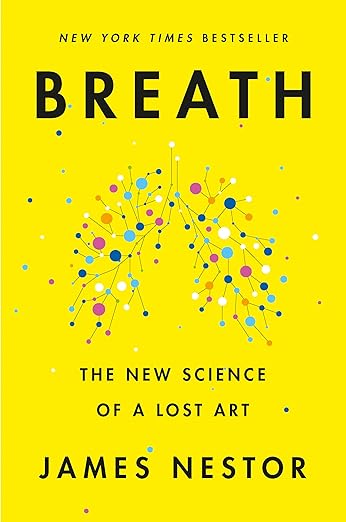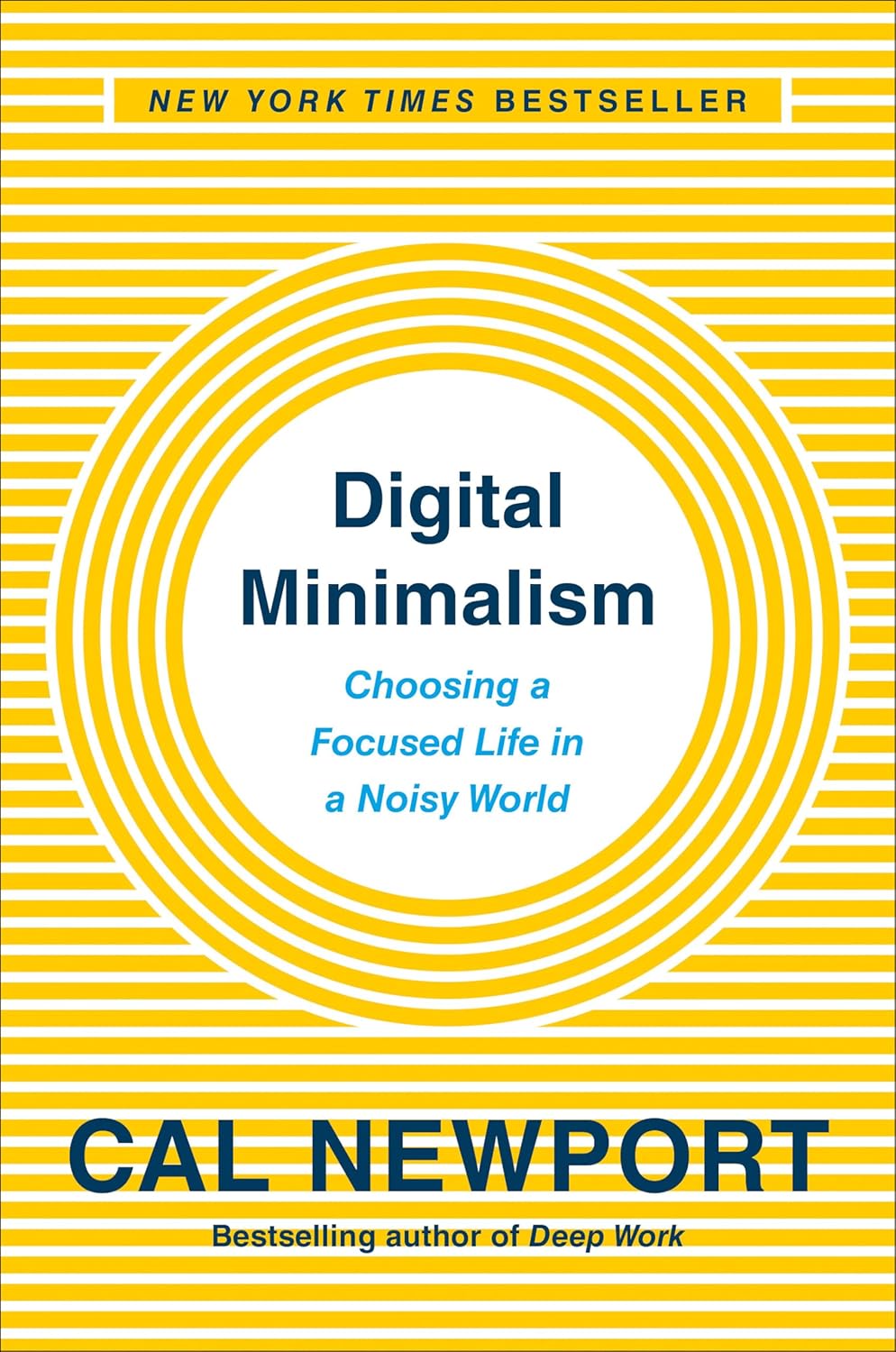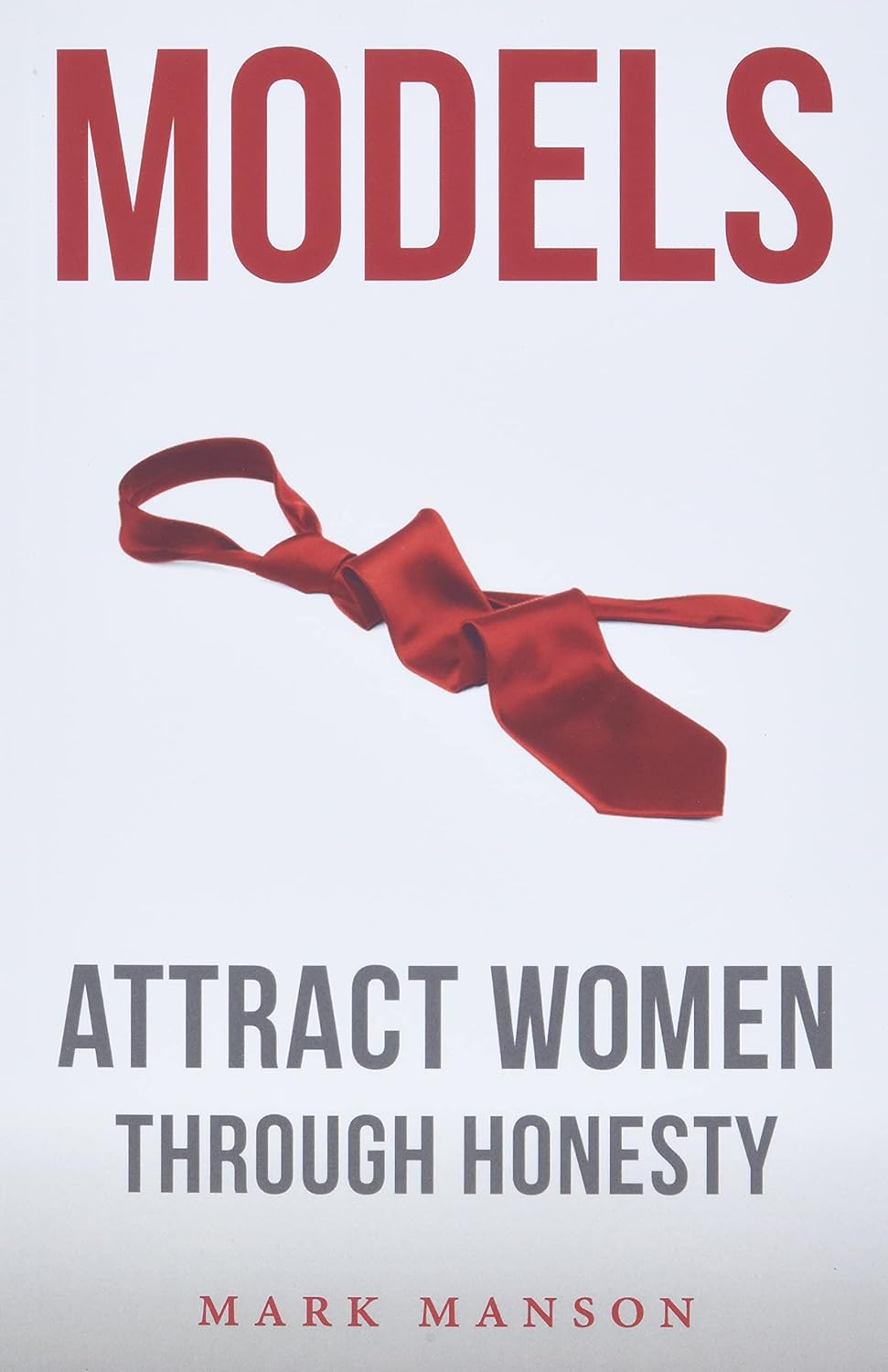
Buy The Book
Chapter
- ✦ Introduction
- ✦ The Long Game: From Fast Death to Slow Death
- ✦ Medicine 3.0: Rethinking Medicine for the Age of Chronic Disease
- ✦ Objective, Strategy, Tactics: A Road Map for Reading This Book
- ✦ Centenarians: The Older You Get, the Healthier You Have Been
- ✦ Eat Less, Live Longer: The Science of Hunger and Health
- ✦ The Crisis of Abundance: Can Our Ancient Genes Cope with Our Modern Diet?
- ✦ The Ticker: Confronting—and Preventing—Heart Disease, the Deadliest Killer on the Planet
- ✦ The Runaway Cell: New Ways to Address the Killer That Is Cancer
- ✦ Chasing Memory: Understanding Alzheimer’s Disease and Other Neurodegenerative Diseases
- ✦ Thinking Tactically: Building a Framework of Principles That Work for You
- ✦ Exercise: The Most Powerful Longevity Drug
- ✦ Training 101: How to Prepare for the Centenarian Decathlon
- ✦ The Gospel of Stability: Relearning How to Move to Prevent Injury
- ✦ Nutrition 3.0: You Say Potato, I Say “Nutritional Biochemistry”
- ✦ Putting Nutritional Biochemistry into Practice: How to Find the Right Eating Pattern for You
- ✦ The Awakening: How to Learn to Love Sleep, the Best Medicine for Your Brain
- ✦ Work in Progress: The High Price of Ignoring Emotional Health
- ✦ Epilogue
Outlive: The Science and Art of Longevity

About
The book is a compelling manifesto that challenges conventional medical approaches to aging and chronic disease. Dr. Attia, a visionary physician and renowned longevity expert, draws on cutting-edge science to propose innovative strategies for enhancing healthspan and lifespan. The book critiques mainstream medicine for its limited success in combating age-related diseases like heart disease, cancer, Alzheimer’s, and type 2 diabetes, arguing that these conditions are often addressed too late in their progression.
Dr. Attia offers a comprehensive guide to proactive health management, emphasizing the importance of nutritional interventions, optimized exercise regimes, and mental health tools. He introduces concepts like the “Centenarian Decathlon” and “Medicine 3.0,” advocating for a shift from reactive to preventive healthcare. By integrating insights from gerontology, metabolism, and emotional well-being, “Outlive” provides readers with actionable steps to potentially extend their lifespan by a decade and enhance their quality of life.
As a former cancer surgeon turned longevity specialist, Dr. Attia uses his unique perspective to translate complex scientific insights into practical advice, encouraging readers to rethink their approach to health and longevity.

Spark
Learn
Review
✦ Introduction
Dreams of catching falling eggs symbolized my struggle with conventional medicine’s late intervention in chronic diseases. During my surgical residency, I realized our approach often came too late, as I witnessed firsthand the limits of treating advanced conditions. The memory of my first patient’s death still haunts me, sparking questions about how timely, preventive care might alter outcomes.
As I transitioned from cancer surgery to focusing on longevity, my perspective shifted. I saw the need to address the root causes of aging-related diseases before they manifest. Modern medicine excels in emergencies but falters with the slow march of chronic conditions. My journey led me to emphasize proactive measures, understanding that our lifestyle choices significantly impact our health trajectory.
By integrating nutrition, exercise, and emotional health, I believe we can redefine our future, achieving a life that not only lasts longer but is filled with vitality and fulfillment.
✦ The Long Game: From Fast Death to Slow Death
Witnessing death at different speeds profoundly shaped my understanding of medicine. In medical school, I watched a young woman succumb in the ER, sparking questions about what could have been done earlier. Later, as a surgical resident in Baltimore, I frequently encountered fast deaths from trauma and slow deaths from diseases like cancer.
Medical training equips us to handle immediate crises but often falls short when dealing with the chronic, slow-moving conditions that gradually claim lives. The realization hit hard: while we excel at saving lives in emergencies, we’re less effective at preventing the gradual decline caused by chronic ailments.
Reflecting on my journey, it became clear that the focus should shift from merely extending life to enhancing the quality of those extended years. Longevity isn’t just about adding years but ensuring those years are vibrant and fulfilling. By addressing the root causes of chronic diseases early, we can change the trajectory of our health, aiming for a life that is not only longer but richer in experience and vitality.
✦ Medicine 3.0: Rethinking Medicine for the Age of Chronic Disease
Modern medicine often focuses on tackling diseases after they have progressed, which limits its effectiveness in the long run. My experience has shown that we need a shift in mindset—moving from reactive to preventive care, especially with chronic diseases. Most interventions occur too late, when conditions are already entrenched, leaving little room for reversing them.
Medicine 3.0 is about challenging this outdated approach. Instead of waiting for symptoms to appear, the goal is to identify and address risk factors early on. This means prioritizing lifestyle changes, such as nutrition and exercise, that can significantly reduce the likelihood of developing chronic diseases. It’s about understanding the interconnectedness of our body’s systems and how they impact overall health.
By embracing this proactive strategy, the aim is to not just extend lifespan but enhance the quality of life. This approach empowers individuals to take control of their health, focusing on prevention and early intervention to combat the chronic diseases that most often lead to a slow decline. The future of medicine lies in anticipating problems before they manifest, ensuring a healthier, more vibrant life.
✦ Objective, Strategy, Tactics: A Road Map for Reading This Book
Understanding the journey toward better health requires a clear framework: objective, strategy, and tactics. The objective is straightforward—enhance lifespan and healthspan. This means not just living longer but thriving with energy and vitality throughout those years.
The strategy involves recognizing the importance of early intervention in chronic disease prevention. By addressing potential health risks before they fully develop, it’s possible to shift the trajectory toward a healthier future. This proactive stance means viewing health as a continuum, where small, consistent actions can lead to significant outcomes.
Tactics are the actionable steps that bring this strategy to life. These include implementing nutritional changes, optimizing physical activity, and prioritizing mental well-being. Each tactic is a tool tailored to fit individual needs, acknowledging that one size does not fit all. By customizing these actions, the goal is to create a sustainable path that aligns with personal health objectives.
This roadmap is designed to guide the journey, offering a structured approach to taking control of health. It’s about making informed choices and understanding that every decision, no matter how small, can contribute to a longer, healthier life. Embrace these principles to navigate the path to longevity with clarity and purpose.
✦ Centenarians: The Older You Get, the Healthier You Have Been
Observing centenarians reveals that reaching advanced age with robust health isn’t just about genetics—it’s about lifelong habits. Those who thrive past 100 often maintain health through consistent lifestyle choices. This includes a balanced diet, regular physical activity, strong social connections, and effective stress management.
The key takeaway is that longevity isn’t merely about adding years but living those years with vitality. Centenarians often have lower incidences of chronic diseases, which suggests that their lifestyle choices play a pivotal role in their healthspan. By focusing on prevention and maintaining healthy habits, they set a foundation for aging gracefully.
The lesson here is clear: the choices made today have a profound impact on future health. It’s about building resilience and creating an environment that supports physical, mental, and emotional well-being. Embracing the principles seen in centenarians can guide the quest for a longer, healthier life, proving that it’s never too late—or too early—to start adopting habits that contribute to longevity.
Taking cues from these individuals, focus on integrating sustainable, health-promoting practices into daily life, ensuring that each decade is lived with as much vigor and purpose as possible.
✦ Eat Less, Live Longer: The Science of Hunger and Health
The concept of eating less to extend life revolves around understanding the science of hunger and its impact on health. Consuming fewer calories, while maintaining essential nutrients, has been linked to increased lifespan and reduced risk of chronic diseases. This approach is not about deprivation but about optimizing the body’s metabolic processes.
Caloric restriction can trigger beneficial stress responses in the body, promoting cellular repair and longevity. It encourages the body to be more efficient, improving metabolic health and reducing the likelihood of developing conditions like diabetes and heart disease. By eating less, the body also experiences improved insulin sensitivity, reduced inflammation, and enhanced autophagy—a process that helps eliminate damaged cells.
The challenge lies in balancing reduced caloric intake with adequate nutrition. It’s essential to focus on nutrient-dense foods that provide the necessary vitamins and minerals without excess calories. This ensures that the body receives what it needs to function optimally while reaping the benefits of caloric restriction.
Ultimately, adopting a mindful approach to eating—one that prioritizes quality over quantity—can lead to a longer, healthier life. Embrace the science of hunger as a tool to enhance wellness and longevity, making informed choices that support sustained health.
✦ The Crisis of Abundance: Can Our Ancient Genes Cope with Our Modern Diet?
The modern diet presents a challenge for our ancient genetic makeup, leading to a crisis of abundance. Our ancestors evolved in environments where food was scarce, and their genes adapted to make the most of intermittent nourishment. Today, we are surrounded by calorie-dense, nutrient-poor foods, and our bodies struggle to adjust.
This mismatch contributes to the rise of chronic diseases like obesity, diabetes, and heart disease. Our genes, optimized for survival in lean times, now face the constant availability of processed foods that lead to overeating and metabolic dysfunction. The result is an epidemic of health issues driven by our inability to cope with excess.
To address this, it’s important to align our diets more closely with what our bodies are designed to handle. This means prioritizing whole, unprocessed foods that provide the nutrients our bodies need without overwhelming them with calories. By making conscious choices that reflect our evolutionary heritage, we can mitigate the negative effects of the modern diet.
Understanding this genetic and dietary disconnect empowers us to take control of our health, using knowledge of our past to inform better decisions today. The goal is to harmonize our eating habits with our biological needs, fostering long-term well-being.
✦ The Ticker: Confronting—and Preventing—Heart Disease, the Deadliest Killer on the Planet
Heart disease remains the leading cause of death globally, but confronting it head-on offers hope for prevention. The key lies in understanding risk factors and making proactive lifestyle changes. High blood pressure, high cholesterol, smoking, poor diet, and lack of exercise are major contributors to heart disease, yet they are largely modifiable.
Prevention begins with regular monitoring of vital health markers and making necessary adjustments to reduce risk. Adopting a heart-healthy diet, rich in fruits, vegetables, whole grains, and lean proteins, can significantly improve cardiovascular health. Regular physical activity, even moderate exercise like walking, strengthens the heart and enhances circulation.
Stress management also plays a crucial role, as chronic stress can negatively impact heart health. Incorporating relaxation techniques, such as meditation or deep breathing, can help maintain a balanced heart rate and lower blood pressure.
By addressing these factors early and consistently, it’s possible to significantly reduce the risk of heart disease. The focus should be on creating a lifestyle that supports heart health through informed choices and sustainable habits. Empower yourself with knowledge and take action to protect your heart, ensuring a longer, healthier life free from the grip of the planet’s deadliest killer.
✦ The Runaway Cell: New Ways to Address the Killer That Is Cancer
Cancer arises when cells grow uncontrollably, posing a significant threat to health. Addressing this formidable challenge requires innovative approaches that go beyond traditional treatments. Early detection is crucial, as it increases the chances of successful intervention. Regular screenings and being attuned to body changes can catch cancer in its nascent stages.
Prevention also plays a vital role. Lifestyle modifications, such as maintaining a healthy diet, exercising, avoiding tobacco, and limiting alcohol, can reduce cancer risk. Understanding the genetic factors that contribute to cancer can guide personalized prevention strategies, allowing for targeted actions based on individual risk profiles.
Emerging therapies, like immunotherapy and targeted treatments, offer promising new avenues to combat cancer by harnessing the body’s own defenses or focusing on specific cancer cell characteristics. These treatments aim to be more effective and less harmful than conventional methods.
Empowerment through education is essential, enabling informed decisions about health and treatment options. By embracing a proactive stance and staying informed about advances in cancer research, it’s possible to take meaningful steps toward managing and reducing the impact of this disease. The goal is to transform cancer from a runaway threat into a manageable condition, improving outcomes and quality of life.
✦ Chasing Memory: Understanding Alzheimer’s Disease and Other Neurodegenerative Diseases
Alzheimer’s and other neurodegenerative diseases pose a profound challenge as they progressively impair memory and cognitive function. Understanding these conditions begins with recognizing the risk factors, such as age, genetics, and lifestyle influences. While aging and genetics cannot be altered, lifestyle choices offer a pathway to potentially reduce risk.
Prioritizing brain health through a balanced diet rich in antioxidants, regular physical activity, and mental stimulation can help maintain cognitive function. Activities that engage the brain, such as puzzles or learning new skills, may bolster neural connections and resilience against decline.
Social engagement also plays a crucial role, as strong social networks contribute to mental well-being and cognitive health. Managing stress through mindfulness and relaxation techniques supports overall brain function, potentially mitigating the effects of these diseases.
Staying informed about advances in research and treatment is key. New therapies focusing on early intervention and slowing progression offer hope. By embracing proactive measures and remaining vigilant about cognitive health, it’s possible to confront the challenges posed by neurodegenerative diseases. Taking steps now may help preserve memory and cognitive function, leading to a more fulfilling life even in the face of these daunting conditions.
✦ Thinking Tactically: Building a Framework of Principles That Work for You
Developing a personal framework of principles is essential for creating a sustainable path to health and longevity. Begin by identifying core values and goals, ensuring they align with your lifestyle and aspirations. This foundation serves as a guide for making informed decisions about health and well-being.
Flexibility is key—adapt strategies to fit your unique circumstances and be open to change as life evolves. Prioritize consistency over perfection, recognizing that small, sustained actions can lead to significant outcomes. This tactical approach involves setting realistic, achievable goals and breaking them down into manageable steps.
Focus on creating habits that support long-term health, such as balanced nutrition, regular exercise, and adequate rest. Incorporate mindfulness practices to enhance mental resilience and emotional balance. By cultivating awareness, you can better navigate challenges and maintain momentum.
Regularly evaluate progress, celebrating successes and adjusting plans as needed. This iterative process helps refine your approach, ensuring alignment with evolving priorities. Empower yourself with knowledge and remain curious, seeking out new information and perspectives.
Ultimately, building a personal framework involves crafting a lifestyle that supports health, happiness, and longevity, tailored to your needs and circumstances. This strategic mindset fosters a life of fulfillment and well-being.
✦ Exercise: The Most Powerful Longevity Drug
Exercise stands as the most effective tool for enhancing longevity and overall health. It offers a wealth of benefits that extend beyond physical fitness, playing a crucial role in preventing chronic diseases and boosting mental well-being. Regular physical activity enhances cardiovascular health, strengthens muscles and bones, and improves metabolic function, reducing the risk of conditions like heart disease and diabetes.
Incorporating a variety of exercises—cardio, strength training, flexibility, and balance—ensures a comprehensive approach that addresses all aspects of health. Even moderate activities, such as walking or cycling, can significantly impact longevity when done consistently.
Exercise also supports mental health by reducing stress, elevating mood, and enhancing cognitive function. The release of endorphins during physical activity contributes to emotional balance and resilience. It’s a natural way to combat anxiety and depression, promoting a sense of well-being.
To harness these benefits, find activities you enjoy, making it easier to maintain a regular routine. Set achievable goals and gradually increase intensity to build endurance and strength. Remember, consistency is more important than intensity; even small amounts of regular activity can lead to substantial health improvements.
Ultimately, exercise is a powerful, accessible means to improve quality of life and extend healthy years.
✦ Training 101: How to Prepare for the Centenarian Decathlon
Preparing for the “Centenarian Decathlon” involves cultivating a fitness regimen that supports long-term vitality and functionality. The aim is to maintain a level of physical fitness that allows for independence and activity well into later years. This preparation requires a balanced approach that includes endurance, strength, flexibility, and balance exercises.
Start by setting personalized fitness goals that align with your abilities and aspirations. Incorporate a mix of aerobic activities, like walking or cycling, to boost cardiovascular health and stamina. Strength training is crucial for maintaining muscle mass and bone density, which are vital for daily activities and reducing injury risk.
Flexibility exercises, such as yoga or stretching, help maintain a full range of motion and prevent stiffness. Balance-focused activities, like tai chi, enhance stability and coordination, reducing the risk of falls as you age.
Consistency and gradual progression are key. Listen to your body, allowing time for rest and recovery to prevent overtraining and injury. Adapt your routine as needed, keeping it enjoyable and sustainable.
Ultimately, the goal is to build a lifelong habit of physical activity that supports not just longevity but an active, fulfilling life, empowering you to tackle the challenges of aging with strength and confidence.
✦ The Gospel of Stability: Relearning How to Move to Prevent Injury
Embracing stability and mastering movement are essential for preventing injuries and maintaining lifelong mobility. Focusing on stability means strengthening core muscles and enhancing balance, which are fundamental for safe, effective movement in daily life and exercise routines.
Begin by integrating exercises that target core stability, such as planks and bridges. These movements build a strong foundation, supporting the spine and improving posture. Balance exercises, like single-leg stands or using a balance board, help refine coordination and prevent falls.
Relearning movement patterns involves practicing functional exercises that mimic real-life activities. This approach ensures that the body can move efficiently and safely in various situations, from lifting objects to climbing stairs. Pay attention to form and technique, as proper alignment reduces the risk of strain and injury.
Incorporate mobility drills to maintain joint flexibility and range of motion. Dynamic stretches and controlled movements prepare the body for physical activity and enhance overall agility.
Consistency is key to developing stability and proper movement habits. By prioritizing these elements in your fitness regimen, you create a resilient body capable of adapting to life’s demands. This foundation not only prevents injury but supports active participation in life’s pursuits, promoting longevity and well-being.
✦ Nutrition 3.0: You Say Potato, I Say “Nutritional Biochemistry”
Embracing Nutrition 3.0 involves understanding food through the lens of nutritional biochemistry, where the focus is on how food interacts with the body at a molecular level. It’s about more than just eating for energy—it’s about fueling the body with nutrients that optimize health and longevity.
Start by recognizing that not all foods are equal in their effects on the body. Prioritize nutrient-dense options that provide essential vitamins, minerals, and antioxidants. These foods support cellular function, reduce inflammation, and promote overall well-being.
Understanding macronutrients—proteins, fats, and carbohydrates—is crucial. Balance is key; each macronutrient plays a unique role in bodily functions, from building tissues to providing energy. Choose high-quality sources, like lean proteins, healthy fats, and complex carbohydrates, to ensure your body receives what it needs to thrive.
Micronutrients, though required in smaller amounts, are equally important. They facilitate countless biochemical reactions necessary for health. Ensure a diverse diet rich in fruits, vegetables, nuts, and seeds to cover these nutritional bases.
Embrace a personalized approach to nutrition, considering individual needs and goals. By applying the principles of nutritional biochemistry, you can make informed dietary choices that support a vibrant, healthy life, aligning your nutrition with the body’s intricate workings for optimal health.
✦ Putting Nutritional Biochemistry into Practice: How to Find the Right Eating Pattern for You
Applying nutritional biochemistry in daily life means crafting an eating pattern that suits your unique needs and goals. Start by understanding how different foods affect your body. Listen to your body’s responses to various foods and adjust accordingly, aiming for a diet that enhances health and well-being.
Focus on balance and variety. Ensure your meals include a mix of macronutrients—proteins, fats, and carbohydrates—tailored to your lifestyle and activity level. Opt for whole, minimally processed foods to maximize nutrient intake and support metabolic health.
Experiment with different dietary approaches, such as intermittent fasting or plant-based eating, to discover what resonates with your body. Pay attention to how these patterns influence your energy levels, digestion, and overall wellness.
Monitor portion sizes and practice mindful eating to maintain a healthy relationship with food. This involves savoring each bite, eating slowly, and recognizing hunger and fullness cues.
Stay flexible and open to adjustments as your body’s needs evolve over time. Regularly reassess your dietary choices and be willing to update your eating pattern to reflect changes in health goals or lifestyle. By personalizing your nutrition strategy, you can support optimal health and longevity, ensuring your diet aligns with your body’s biochemical needs.
✦ The Awakening: How to Learn to Love Sleep, the Best Medicine for Your Brain
Embracing sleep as a vital component of health involves recognizing its profound impact on brain function and overall well-being. Prioritize sleep by understanding its role in cognitive processes, emotional regulation, and physical recovery. Quality rest is essential for memory consolidation, creativity, and decision-making.
Start by establishing a consistent sleep schedule, going to bed and waking up at the same time each day. This routine helps regulate your body’s internal clock, enhancing sleep quality. Create a calming pre-sleep ritual, such as reading or meditating, to signal your brain that it’s time to unwind.
Optimize your sleep environment by ensuring your bedroom is dark, cool, and quiet. Invest in a comfortable mattress and pillows to support restful sleep. Limit exposure to screens and blue light before bed, as they can interfere with your body’s natural sleep signals.
Pay attention to lifestyle factors that influence sleep, such as diet and exercise. Avoid caffeine and heavy meals close to bedtime, and incorporate regular physical activity to promote deeper sleep.
By valuing sleep and incorporating these practices, you can enhance your brain’s health and improve your quality of life. Prioritizing rest is a powerful tool for achieving mental clarity, emotional balance, and long-term wellness.
✦ Work in Progress: The High Price of Ignoring Emotional Health
Neglecting emotional health can lead to significant consequences, impacting both mental and physical well-being. Emotional well-being is a crucial component of a balanced life, influencing how we handle stress, relate to others, and make decisions. Recognizing its importance is the first step in fostering resilience and overall health.
Begin by acknowledging emotions and understanding their source. Practicing mindfulness and self-reflection can help identify patterns and triggers, leading to greater emotional awareness. It’s essential to express emotions constructively, whether through talking, writing, or creative outlets.
Incorporate stress management techniques like meditation, deep breathing, or yoga to maintain emotional balance. These practices can reduce anxiety and enhance mood, promoting a sense of calm and clarity.
Building strong social connections is vital for emotional health. Surround yourself with supportive relationships that offer understanding and encouragement. Engaging in meaningful conversations and activities strengthens bonds and provides a sense of belonging.
Seek professional support when needed. Therapy or counseling can offer valuable insights and strategies for managing emotional challenges, providing a safe space to explore feelings and develop coping mechanisms.
By prioritizing emotional health, you pave the way for a more fulfilling life, where mental clarity and emotional resilience support overall well-being. Embrace the journey of emotional growth as an ongoing process, integral to living well.
✦ Epilogue
Reflecting on the journey towards better health and longevity, it’s clear that the path is an ongoing adventure, requiring commitment and adaptability. Embrace the lessons learned and recognize that small, consistent changes can lead to significant transformations. Health and longevity are not just about adding years to life but enriching those years with vitality and fulfillment.
Prioritize holistic well-being by integrating physical, mental, and emotional health practices into daily routines. Stay curious and open to new information, adapting strategies as life evolves. Remember, the goal is not perfection but progress, acknowledging that setbacks are part of the journey.
Celebrate achievements, no matter how small, and use them as motivation to continue moving forward. Cultivate resilience and stay proactive in managing health, understanding that each step taken today shapes a healthier, more vibrant future.
Ultimately, the pursuit of longevity is about creating a life filled with purpose, joy, and connection. Embrace this journey with intention, knowing that the choices made today have the power to transform tomorrow.
For People
– Health Enthusiasts
– Aging Individuals
– Medical Professionals
– Fitness Advocates
– Nutritionists
Learn to
– Enhanced Longevity Strategies
– Preventive Health Approaches
– Holistic Well-being Insights
– Nutritional Optimization
– Exercise and Lifestyle Integration









